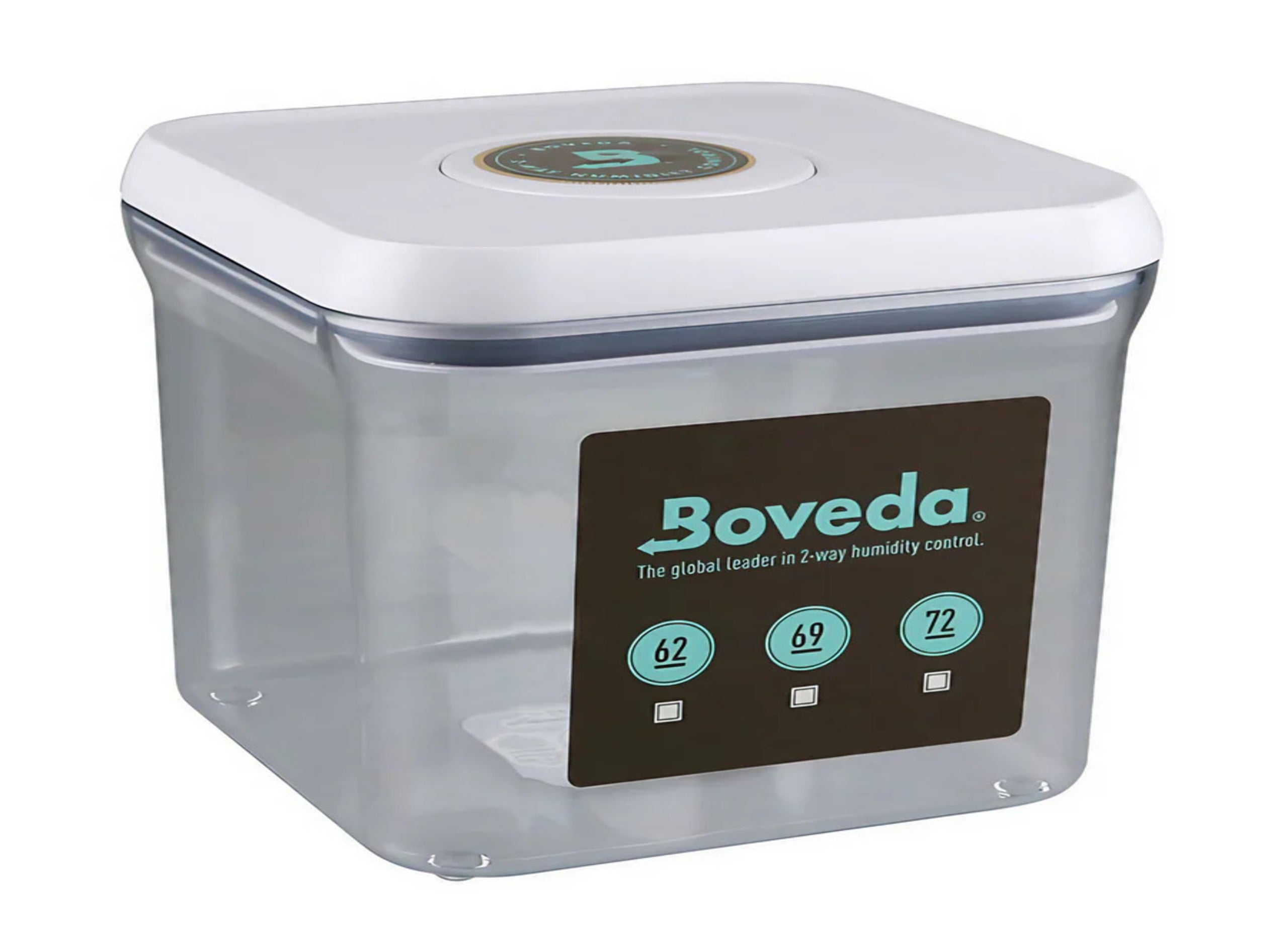Table of Contents
Cannabis product labels serve as both marketing tools and regulatory documents in the complex landscape of legal cannabis. For brands operating in highly regulated states, securing label approval can be a time-consuming process with significant business implications. Understanding the nuances of each state's requirements and establishing efficient submission protocols can save valuable time and resources.
Understanding Label Approval Frameworks
Label approval processes vary dramatically between states, with some requiring pre-approval before products can enter the market and others implementing post-market audits. States like California, Colorado, and Massachusetts have established specific regulatory bodies dedicated to reviewing cannabis product labels for compliance with state laws.
These approval frameworks typically evaluate several key components:
- Warning statements and required language
- THC content representation
- Product tracking information
- Child-resistant packaging verification
- Restricted imagery and claims
According to state-specific labeling requirements, each jurisdiction has unique mandates that must be followed precisely to avoid costly rejections.
State-Specific Requirements
California
California's Department of Cannabis Control (DCC) requires universal symbols, government warnings, and batch-specific information. Labels must clearly display cannabinoid content in milligrams and include track-and-trace identifiers.
Colorado
The Marijuana Enforcement Division (MED) in Colorado mandates specific warning language, potency information, and production facility details. Colorado also requires the universal THC symbol to be prominently displayed.
Illinois
Illinois has some of the most stringent requirements, with detailed provisions for font size, warning placement, and comprehensive laboratory testing information. The state also prohibits certain imagery that might appeal to minors.
Preparing Compliant Label Designs
Creating compliant labels begins with understanding the specific requirements for your product category and state. Designing labels that both sell and comply requires balancing regulatory demands with brand identity.
When designing for compliance, consider:
- Required warning statements and their exact wording
- Minimum font sizes for critical information
- Proper placement of universal symbols
- Space allocation for variable data like batch numbers and harvest dates
- Restricted colors or design elements
For products with limited space, such as pre-rolls or vape cartridges, small-format design solutions may include accordion labels or QR codes linking to additional information.
Submission Process Best Practices
Efficient label approval submissions can significantly reduce time-to-market. Most states have moved to digital submission portals, but the requirements vary widely.
Documentation Preparation
Before submission, prepare a comprehensive documentation package including:
- High-resolution label artwork files
- Dimensioned technical drawings showing placement of required elements
- Packaging specifications, including child-resistant features
- Product information, including potency ranges
- Supporting documentation for any claims made on packaging
Review Timelines
Approval timelines vary significantly by state:
- California: 7-14 business days
- Colorado: 4-6 weeks
- Massachusetts: 2-3 weeks
- Illinois: 3-4 weeks
Build these timelines into your product launch schedules to avoid delays. For brands using larger packaging formats like one-pound mylar bags, approval processes may be more complex due to the increased surface area for compliance review.
Addressing Rejection and Revisions
Label rejections are common, even for experienced brands. When facing a rejection:
- Carefully review the specific reasons provided by regulators
- Address each point systematically in your revision
- Document all changes made to facilitate faster re-review
- Consider consulting with a compliance specialist for complex issues
Common rejection reasons include:
- Improper warning statement language or placement
- Inadequate child-resistant packaging documentation
- Unclear or inaccurate potency information
- Prohibited health claims or misleading statements
- Imagery deemed attractive to minors
According to common labeling mistakes, many rejections stem from simple oversights that could be prevented with thorough pre-submission review.
Future-Proofing Your Label Strategy
Cannabis regulations continue to evolve, making it essential to develop adaptable labeling strategies. Future-proofing your labels involves several key approaches:
- Implementing variable data printing for batch-specific information
- Designing with modular elements that can be updated without complete redesigns
- Maintaining relationships with regulators to stay informed of upcoming changes
- Developing a rapid response protocol for regulatory updates
- Considering digital integration through QR codes or NFC technology
By building flexibility into your label design and approval processes, you can navigate the complex regulatory landscape more efficiently and maintain compliance as requirements evolve. This proactive approach not only reduces compliance risks but also provides a competitive advantage in rapidly changing markets.











Leave a comment
All comments are moderated before being published.
This site is protected by hCaptcha and the hCaptcha Privacy Policy and Terms of Service apply.